Getting older is never a fun thing! However, there are many ways in which a social worker can help!

First of All: What is aging? Aging isn’t just developing wrinkles and buying more candles every birthday! There are other aspects of aging such as your mind. Getting older could mean a decline in our psychological well-being. Older adults sometimes develop dementia. (In class lecture)

What are some of the challenges of getting older? There are a myriad of ways that living alone gets more difficult in old age. When spouses die, living alone becomes a struggle without the extra help around the house.
Also, growing older means that others grow older too. Dealing with the death of friends and family and a hardship that no one is prepared for. (In class lecture)

So what can I do? Talk to a social worker! A social worker can intervene in more ways than you think. Whether it’s you or a family member or a friend who is beginning to suffer from dementia, a social worker has the resources to help you through the process. They can prepare you for the long road ahead and help find the best services to assist you and your family. Losing a spouse is one of the most difficult things someone will go through, and a social worker can help you through the grieving process and maybe help facilitate moving to assisted living to compensate for new void in your life. Lastly, a social worker can guide you towards people and groups where you can share experiences and grieve the loss of loved one together. (In class lecture)





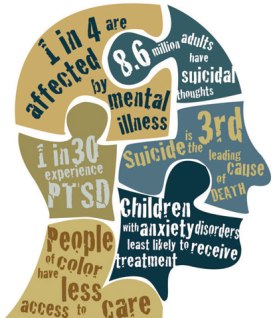




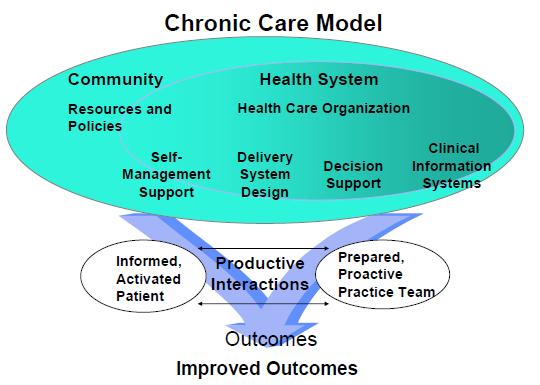





















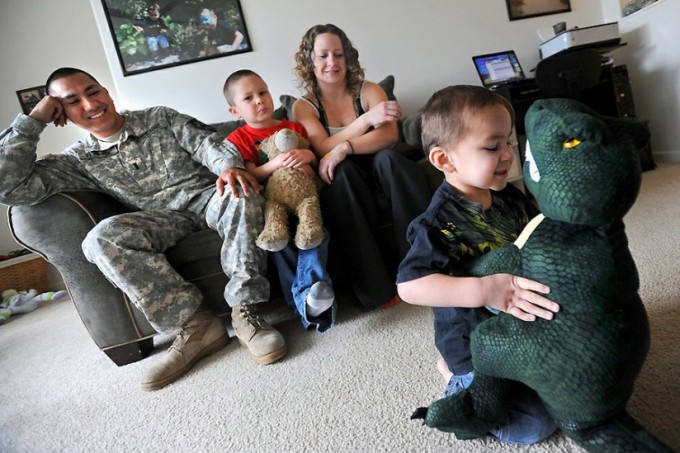

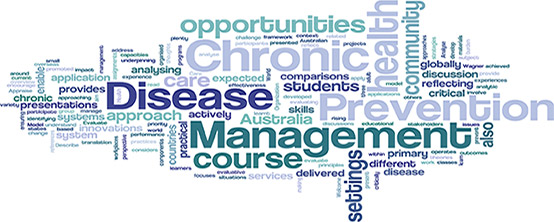














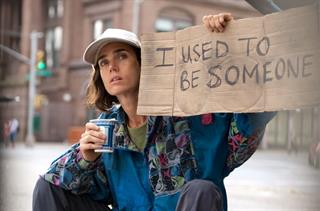






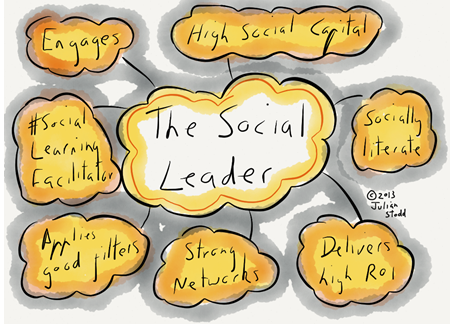

You must be logged in to post a comment.